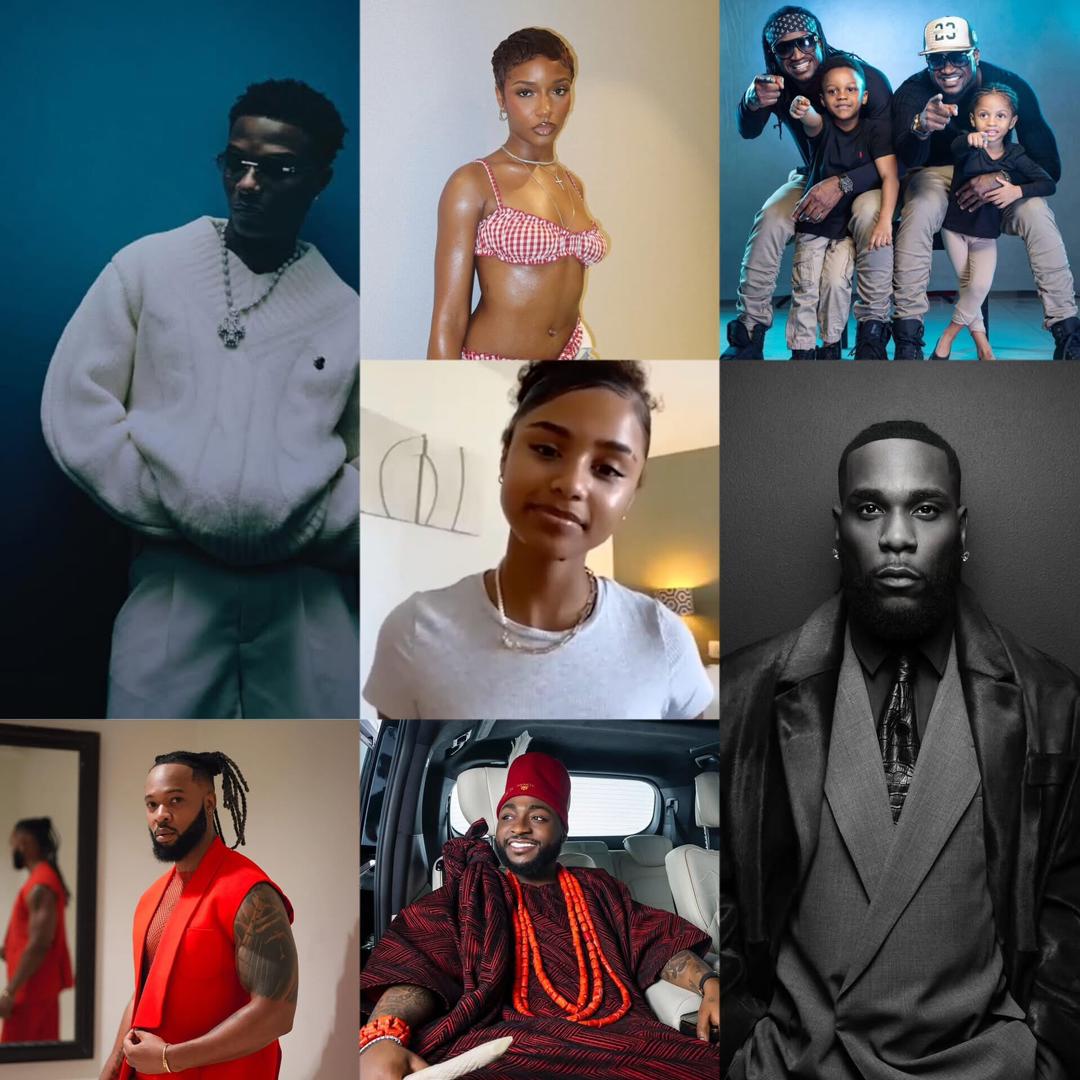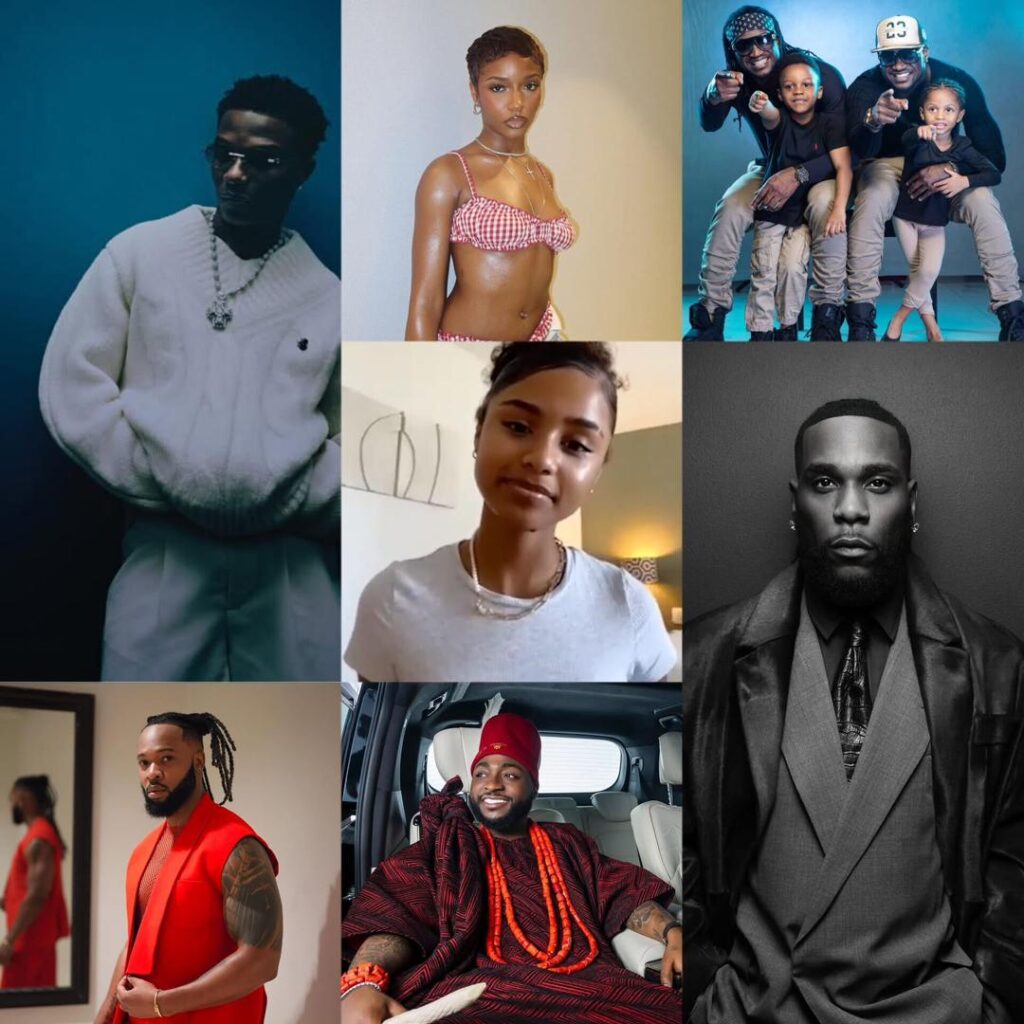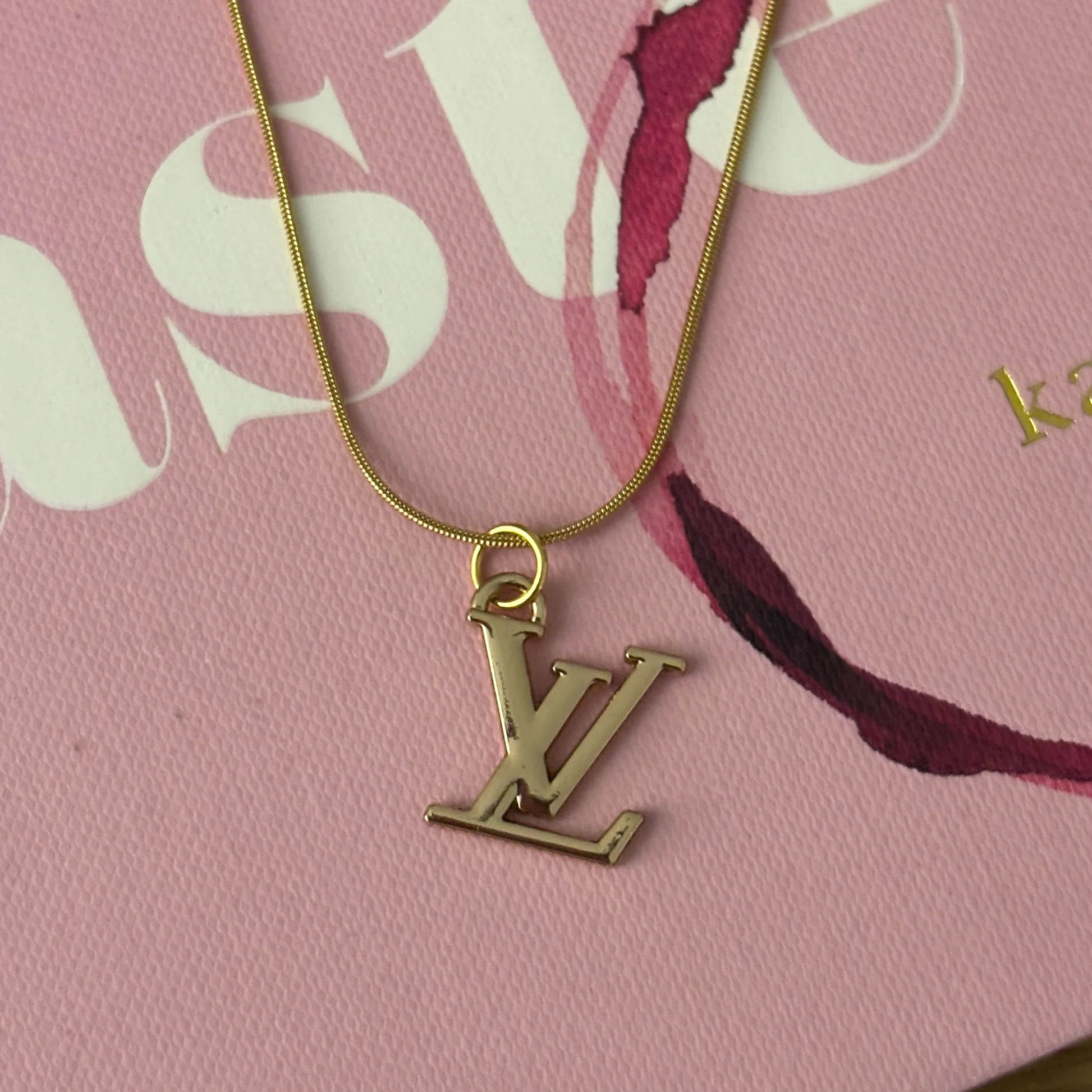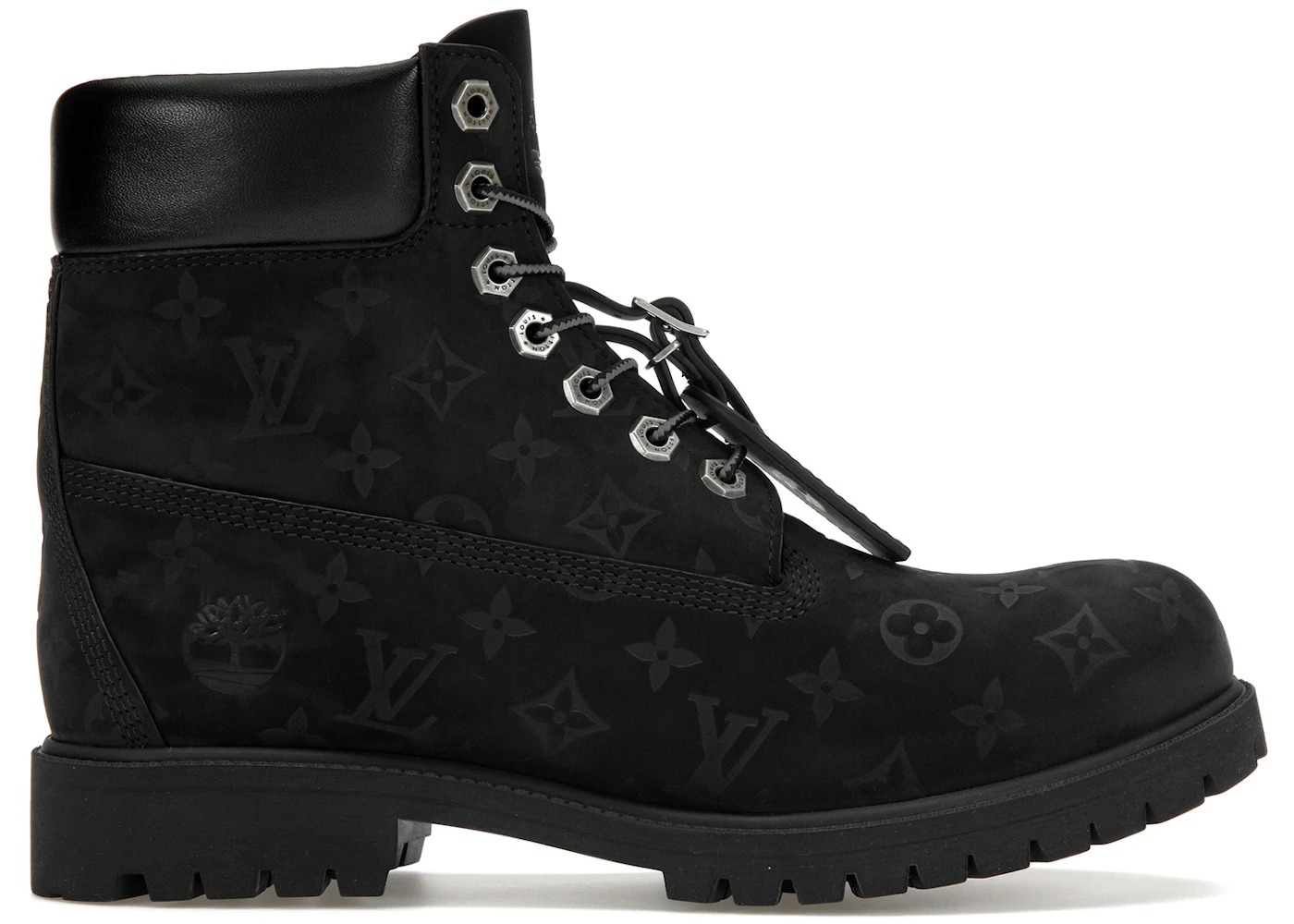There’s a misconception that has been circulating since 2010, a time when Nigerian mainstream music gained unprecedented global popularity and recognition. The argument is about Afrobeats.
To some people, Afrobeats is a genre of music popular among the people of West Africa, but not experimented with by every artist in the region. This school of thought asserts that although Afrobeats is Nigerian-centred, there are Nigerian mainstream singers.
The second school of thought has Seun Kuti as one of its proponents. For these persons, Afrobeats is a broad term for all mainstream African music. According to Femi Kuti, Afrobeats is not a genre of music with distinctive features, but rather a sound, a name, or a label that describes African music.

I quite disagree with the second school of thought, and I have stated it clearly here that Afrobeats is a genre of music experimented with by some crop of artistes in Nigeria. My submission corroborates with Obama-Naija’s view on his Facebook page, which authoritatively said that:
- “Tyla is not an Afrobeats artist.
- Diamond Platnumz is not an Afrobeats artist.
- Flavour is not an Afrobeats artist.
- Fela is not an Afrobeats artist.”
The four mentioned above are some of Africa’s biggest music exports.
So Why Aren’t They All Afrobeats?
Because Afrobeats is not defined by being African, it’s a distinct sound, not a continent-wide label. There are different standalone genres of music in Africa that shouldn’t be lumped into one.
Let’s break it down — with facts, not sentiments.
And let me say this early: some of these key insights were raised by someone who thinks deeply about the African music industry — so this article carries real-life conversations, not just Google knowledge.
First, What Is a Music Genre and How Is It Classified?
A music genre is a category of music that shares common characteristics like sound, rhythm, instruments, lyrics, structure, and cultural background.
It’s not just about where you’re from, but how your music sounds, what it represents, and what core elements keep repeating.
How Do We Define a Music Genre?
Genres are classified based on:
- Rhythmic structure and beat
- Instrumental pattern and production technique
- Lyrical themes and language
- Cultural or regional influence
- Consistency across songs or projects
So when an artist repeatedly produces music with the same sonic DNA, a genre is either formed or identified.
What Is Afrobeats?
Afrobeats (with an “s”) is the modern West African pop sound that exploded from Nigeria and Ghana in the early 2000s and 2010s.
It’s heavily influenced by:
- Highlife
- Fuji
- Hip-Hop
- Reggae/Dancehall
- R&B
- Traditional percussion and street lingo
Afrobeats, as we know it today, started rising in the early 2000s, driven by artists like 2Baba, D’banj, and P-Square before evolving through Wizkid, Burna Boy, and others.
The name “Afrobeats” was coined by UK-based DJs and promoters like DJ Abrantee in the early 2010s to label the growing wave of African pop music by artists like Wizkid, Davido, and Fuse ODG.
Notable Afrobeats Artists Include
- Wizkid – Afrobeats (heavily infused with Pop)
- Davido – Afrobeats
- Burna Boy – Afro-fusion (mostly Afrobeats with some Afrobeat)
- Ckay – Afrobeats
- Ayra Starr – Afrobeats
- Rema – Afrobeats
These artists carry the rhythm, bounce, and style that define Afrobeats as a genre.
So What Is Afrobeat (No “s”)?
This is the original genre created by Fela Anikulapo Kuti — a mix of:
- Highlife
- Jazz
- Funk
- Yoruba percussion
- Political, conscious lyricism
But Fela wasn’t alone in this sound.
Artists like Lagbaja, Orlando Julius, and Fela’s sons (Femi and Seun Kuti) carried the Afrobeat torch with their own energy.
It’s long, raw, instrumental-heavy, and deeply political.
So What About Tyla, Diamond Platnumz & Flavour?
- Tyla – Amapiano (South Africa)
- Diamond Platnumz – Bongo Flava (Tanzania)
- Flavour – Highlife / Igbo Pop ( with Afrobeats & Makossa elements)
They’re all African — but they are not Afrobeats artists.
Was Tyla’s Grammy Win Wrong?
No. She won Best African Music Performance, which is a broad category for African songs — not Afrobeats specifically.
The issue came when MTV nominated her under “Best Afrobeats Video” for “Water” — a full Amapiano song.
Why This Matters?
Africa is NOT one sound.
We need to stop collapsing multiple genres into one just because they come from the same continent.
In fact, Afrobeats borrowed from many of these genres; it didn’t birth them.
Highlife predates Afrobeats
Fuji predates Afrobeats
Bongo Flava has been thriving for decades
Amapaino is the heartbeat of modern South African youth
Just because an Afrobeats artist infuses log drums or Igbo guitar riffs doesn’t mean Afrobeats has “absorbed” those genres.
It proves that African genres are rich, diverse, and connected but not interchangeable.
Ayra Starr vs Tyla – Genre Breakdown
Ayra Starr – “Rush”
→ Afrobeats
Nigerian rhythm, Pidgin lyrics, Afro-fusion bounce.
Tyla – “Water”
→ Amapiano
South African log drums, minimal lyrics, piano groove.
Both are queens.
But they don’t belong in the same genre box.
Why the Confusion?
A big part of the confusion comes from streaming platforms and media.
Spotify and Apple Music lump multiple African genres under “Afrobeats” making it harder for casual fans to understand the difference.
Global media outlets also follow suit, labelling anything from Africa as “Afrobeats” — even when it’s not.
Final Thought
Calling every African song “Afrobeats” is not unity — it’s erasure.
Let Amapiano grow.
Let Highlife breathe.
Let Bongo Flava dominate East Africa.
Let Afrobeat continue its protest legacy.
Let Afrobeats own its West African pop lane.
What we should be asking is:
“Why are global platforms so lazy with African genres?”
We don’t call every Latino song Reggaeton.
We don’t call every Black American song Rap.
So why do we treat African music this way?
The fans, also guilty of this mix-up?
Drop your thoughts. Let’s protect our sound and give each genre the credit it deserves.






